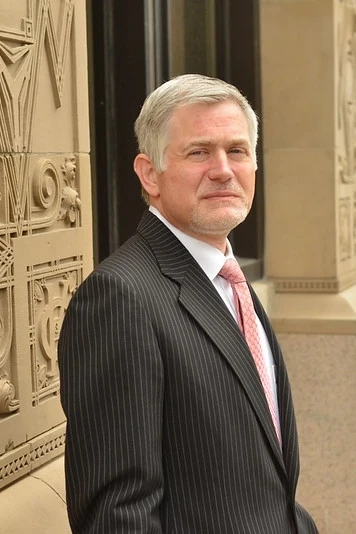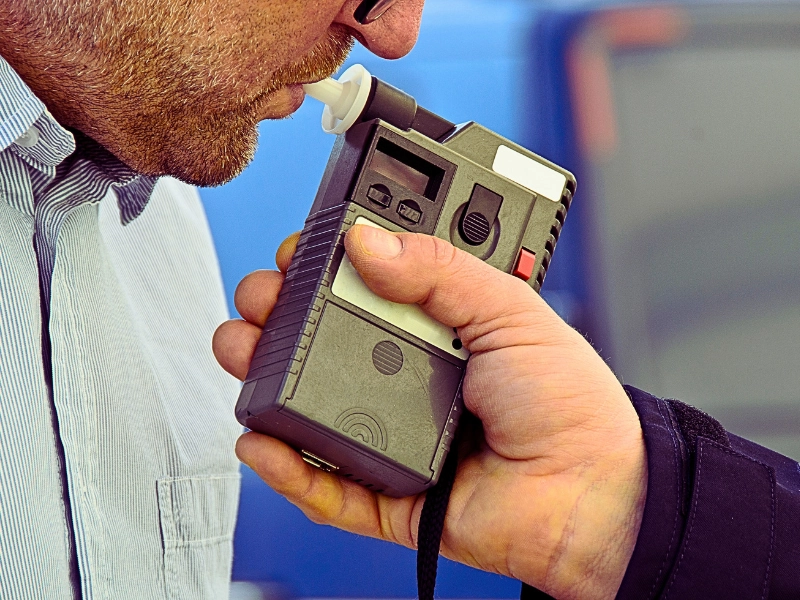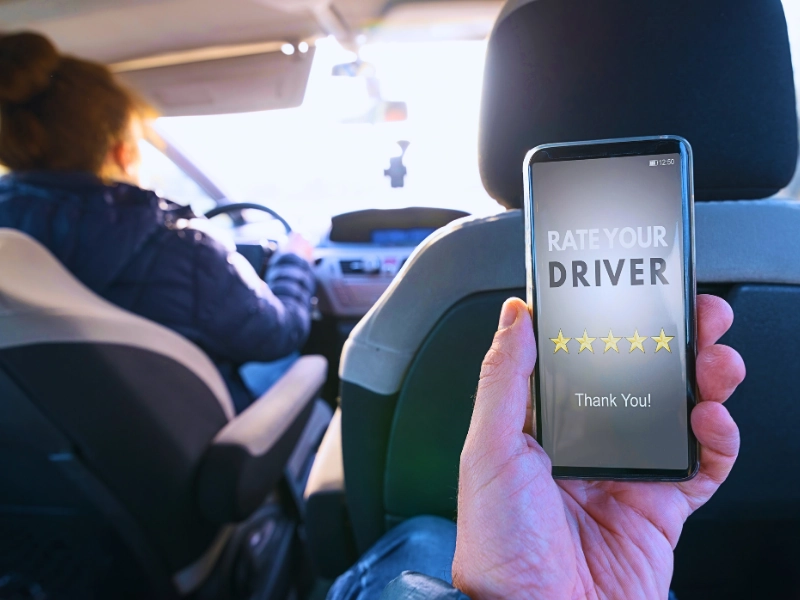Last week we spoke about a study on the growth of juvenile prostitution that was released by the Women’s Funding Network.
The sex crime study was presented during a Congressional hearing regarding the closure of Craigslist’s adult section. The study claimed that juvenile prostitution in Minnesota, California and Michigan grew exponentially during the study’s six-month time period; however, the methodology used to conduct the study is now being challenged by various research experts.
The study’s creators based their juvenile prostitution statistics on the number of young-looking women on internet classified sites. As the number of online ads with young-looking woman increase the study interpreted the increase as an increase in juvenile prostitution. Since the information in the study tracked the number of images, the statistics were not an accurate count of the number of actual individuals involved in juvenile prostitution. Professor Steve Doig, who is the Knight Chair of Journalism at Arizona State University, says the study is based on a logical fallacy.
The study’s researchers created a constant to establish how many “young” looking girls selling sex were actually under the age of 18. The researchers established that for every 100 young-looking girls selling sex, 38 were under the age of 18; however, it is not clear how the researchers arrived at that number. The researchers then counted young-looking sex ads on online classified sites and multiplied the total number of ads by .38 to determine the number of underage girls involved in prostitution. Every three months the process is repeated to determine fluctuations in the crime.
The Arizona State professor challenges the statistical analysis by using an analogy. He says imagine if 100 people were shown an automobile and 38 percent of the time people misidentified the vehicle as a Ford instead of a Chevy. According to the same logic used in the juvenile prostitution study 38 percent of Fords on the road are actually Chevys.
Going further it is not clear what the changes in the numbers mean according to the director of the Crimes Against Children Research Center at the University of New Hampshire. The director says the juvenile prostitution study does not establish confidence intervals and therefore it is hard to determine what the changes in the classified numbers mean. He says, “When the Minnesota count goes from 102 to 112, that’s probably just random fluctuations.”
Source: Westword, “Women’s Funding Network sex-trafficking study is junk science,” Nick Pinto, 3/24/11






